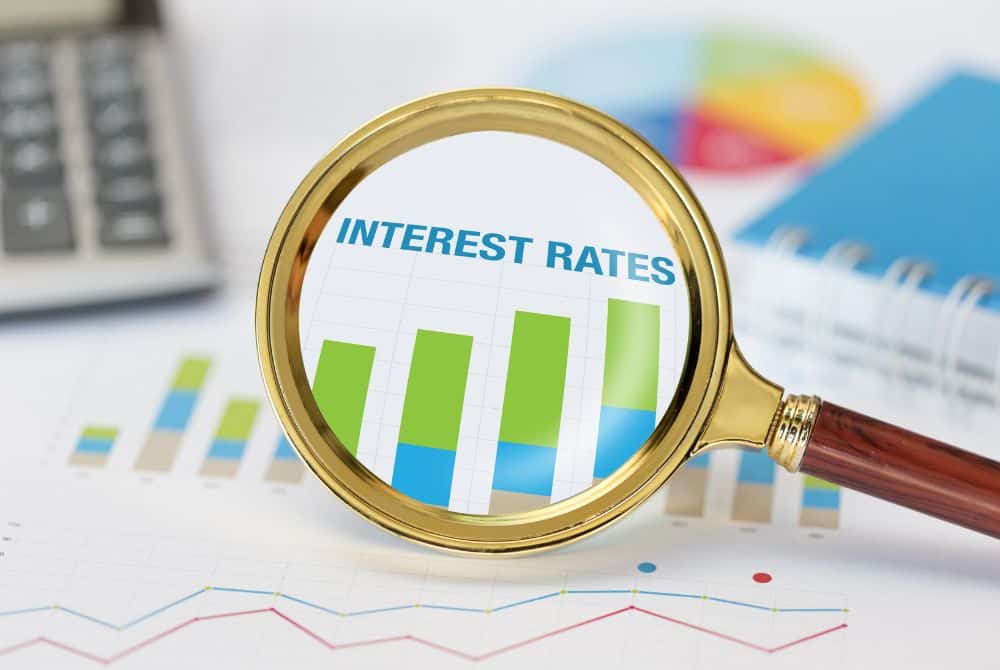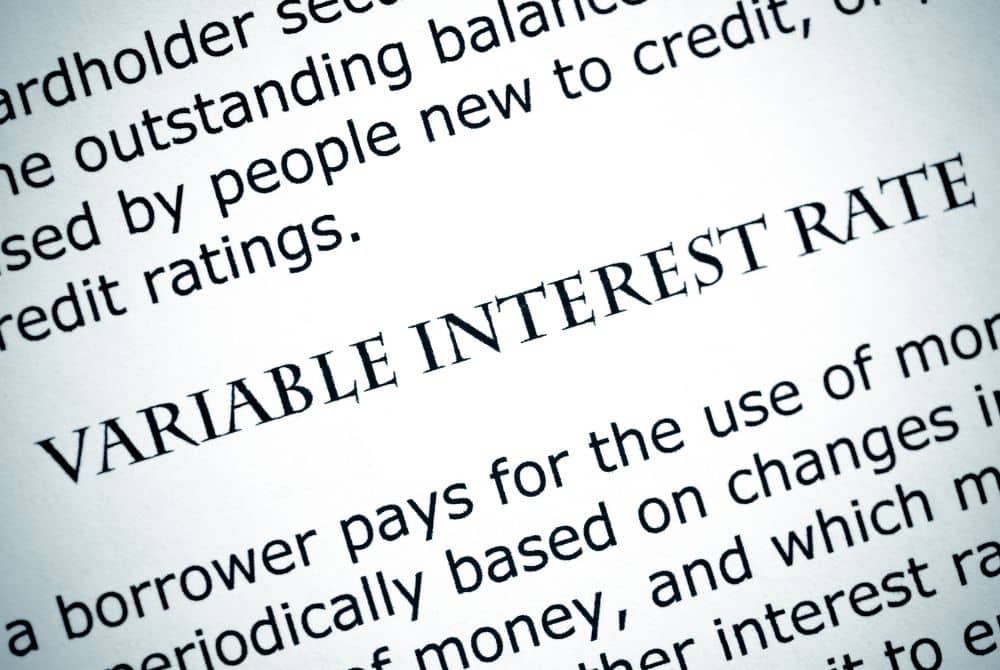In the realm of private lending, one of the most crucial factors borrowers encounter is the interest rate. Understanding interest rates and how they work in private lending is critical. It helps borrowers make informed financial decisions and navigate the borrowing process effectively. In this comprehensive guide, we’ll delve into the intricacies of interest rates in private lending, covering everything borrowers need to know to secure the best possible terms for their loans.

What Are Interest Rates?
Interest rates are the cost associated with borrowing money. This cost is typically expressed as a percentage of the principal loan amount. In private lending, these rates are determined by various factors, including the lender’s risk assessment, prevailing market conditions, and the borrower’s creditworthiness. Unlike traditional banks, private lenders have more flexibility in setting interest rates, allowing for greater customization to meet the needs of individual borrowers.
Factors Influencing Interest Rates in Private Lending
- Borrower’s Creditworthiness: One of the primary determinants of the interest rate in private lending is the borrower’s credit profile. Lenders assess factors such as credit score, financial history, and debt-to-income ratio to gauge the borrower’s likelihood of repayment. Higher credit scores typically result in lower interest rates, reflecting lower perceived risk for the lender.
- Loan-to-Value Ratio (LTV): The loan-to-value ratio, which compares the loan amount to the appraised value of the collateral, also influences interest rates in private lending. A lower LTV indicates less risk for the lender, leading to lower interest rates for the borrower.
- Market Conditions: Economic factors, such as central bank policies, inflation rates, and overall market demand, play a significant role in determining interest rates. Private lenders closely monitor these conditions and adjust their rates to remain competitive while managing their risk.
- Loan Term: The length of a loan term can impact the interest rate in private lending. Short-term loans often have lower interest rates because they pose less risk to the lender compared to longer-term loans.
Type of Collateral: The type and quality of collateral offered by the borrower can affect the interest rate. High-value assets with strong market liquidity may result in lower interest rates as they provide additional security for the lender.

Types of Interest Rates in Private Lending
- Fixed Interest Rates: With a fixed interest rate, the percentage rate does not fluctuate and remains constant throughout the loan’s life. This provides borrowers with predictability and stability in their monthly payments. This option is popular among borrowers who prefer consistency and want to avoid fluctuations in interest rates.
- Variable Interest Rates: Variable interest rates fluctuate, unlike fixed interest rates. The variable rate is determined by changes in the market conditions or benchmark rates, such as the prime rate or LIBOR. While initial rates may be less than fixed rates, borrowers must be prepared for rate increases over time. These increases can impact the borrower’s repayment obligations.
Interest-Only Payments: Some private lending arrangements offer the option for interest-only payments during the initial period of the loan term. This allows borrowers to temporarily lower their monthly payments, with the principal amount due at a later date or upon maturity of the loan.

Negotiating Interest Rates in Private Lending
While various factors influence interest rates in private lending, borrowers can take steps to negotiate favorable terms:
- Demonstrate Strong Creditworthiness: Maintaining a solid credit history, stable income, and minimal outstanding debt can enhance your bargaining position and potentially qualify you for lower interest rates.
- Shop Around: Explore multiple private lending options and compare interest rates, terms, and fees to identify the most competitive offers available. Never hesitate to negotiate with lenders to secure better terms.
- Offer Adequate Collateral: Providing high-value assets as collateral can mitigate risk for the lender, potentially leading to lower interest rates or more favorable loan terms.
- Consider Co-Signers or Guarantors: Enlisting a co-signer or guarantor with solid credit can strengthen your loan application and increase your chances of securing lower interest rates.

Wrapping Up
Understanding interest rates in private lending is crucial for borrowers seeking financing for various purposes, from real estate investments to business expansion. By familiarizing themselves with the factors influencing interest rates, the types of rates available, and strategies for negotiation, borrowers can make informed decisions and secure the most favorable terms for their loans. At Liquid Logics, we’re committed to providing transparent and competitive lending solutions tailored to our clients’ needs, helping them confidently achieve their financial goals.
